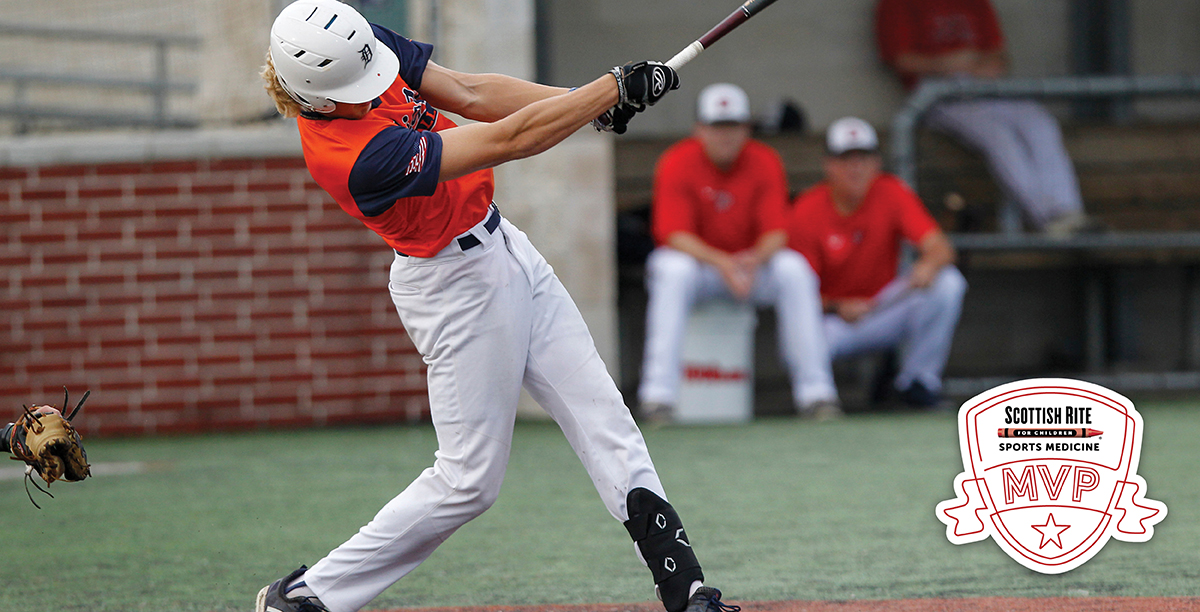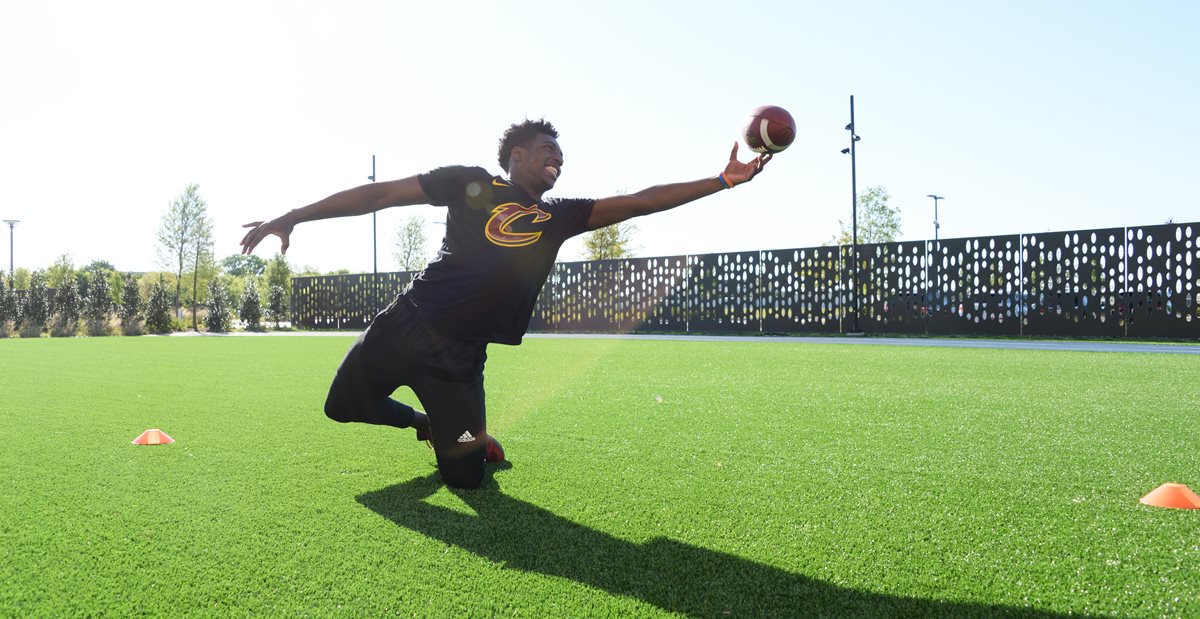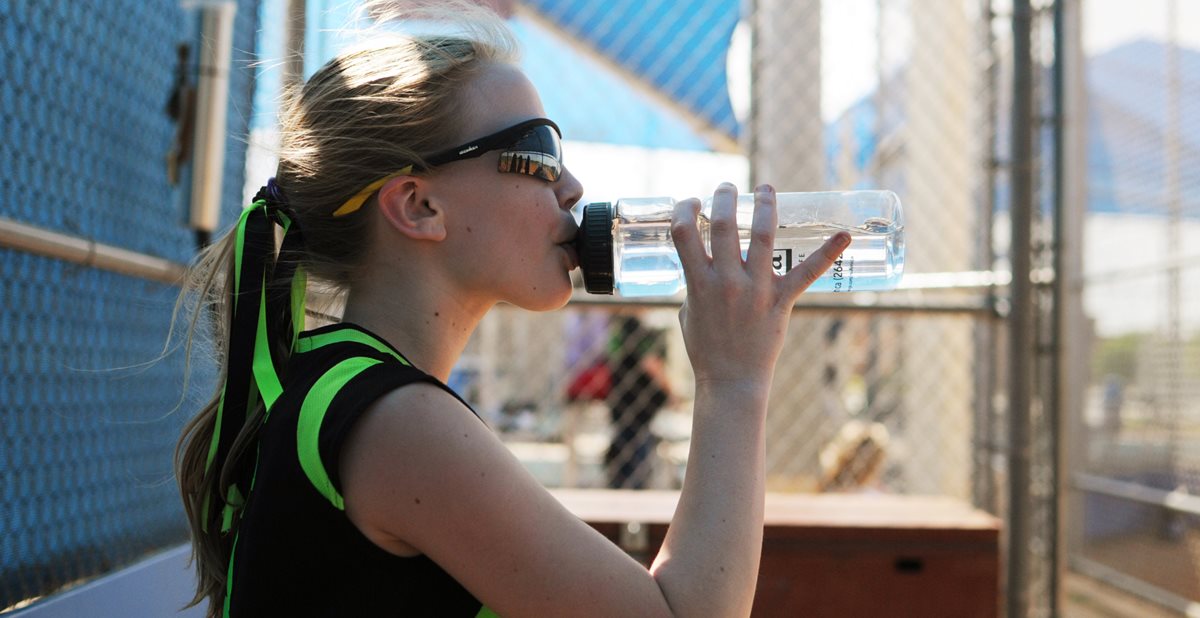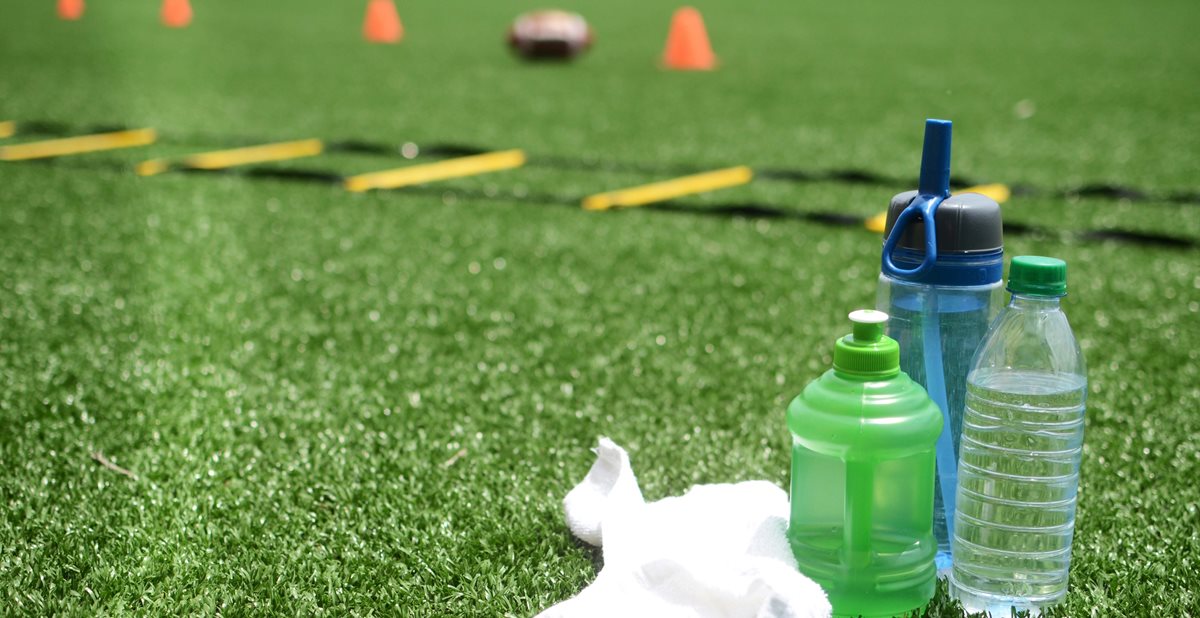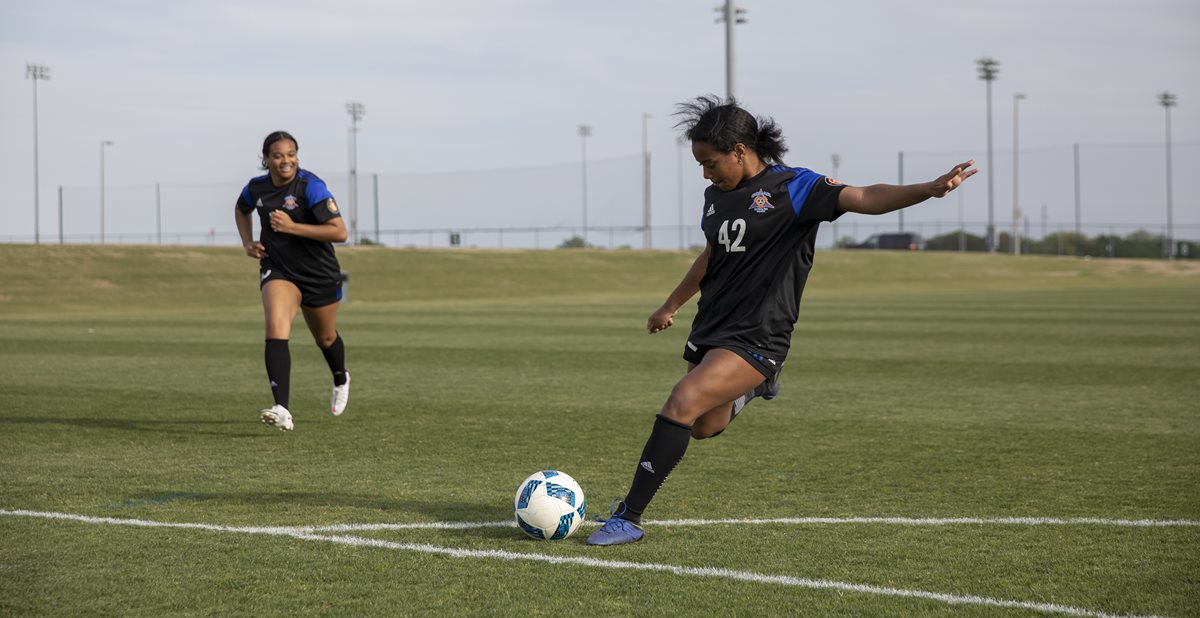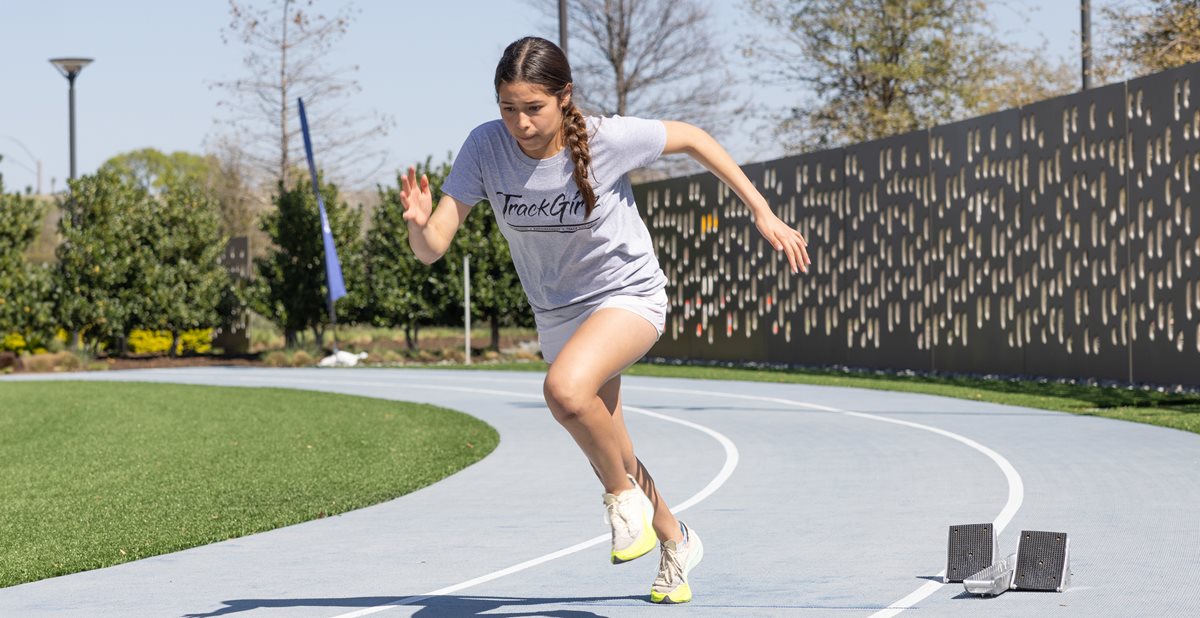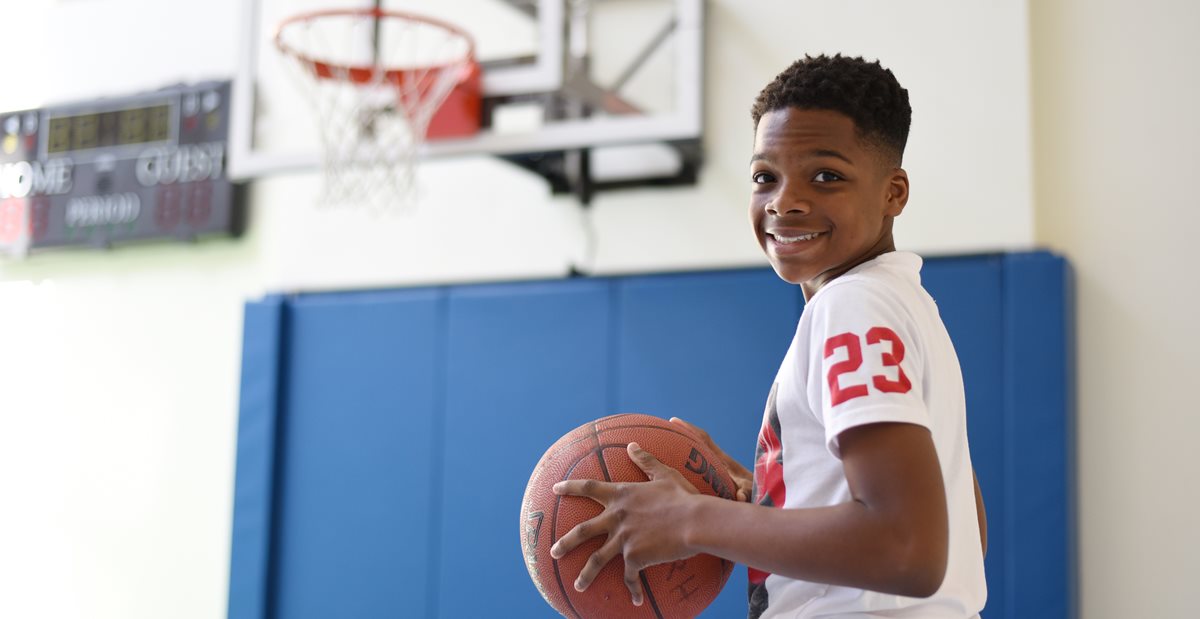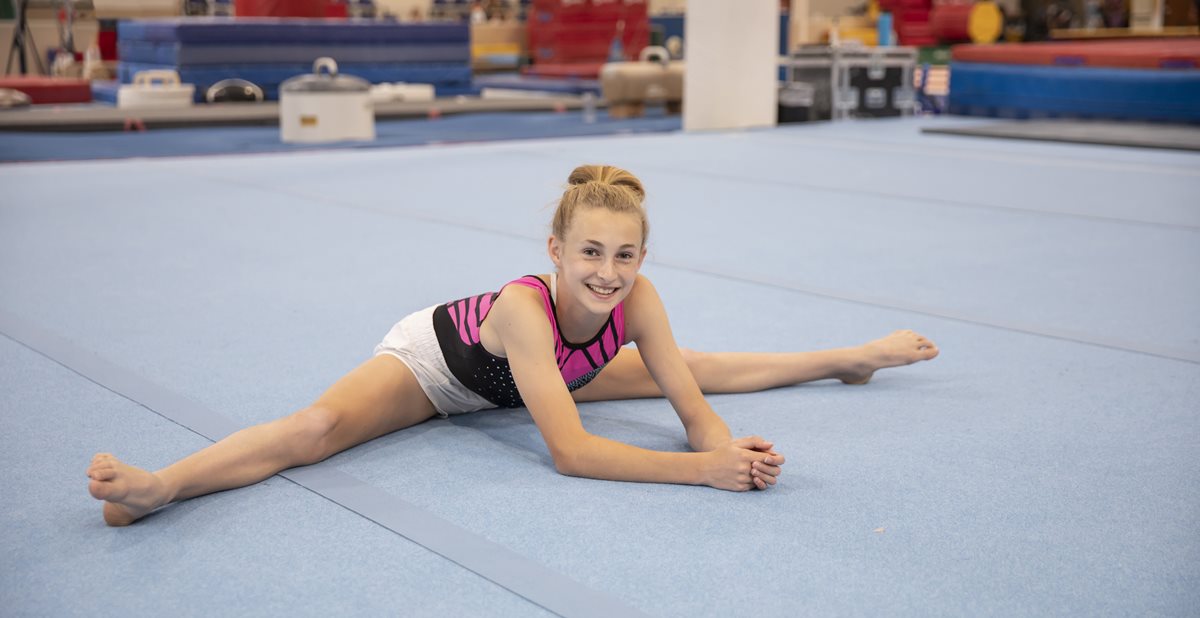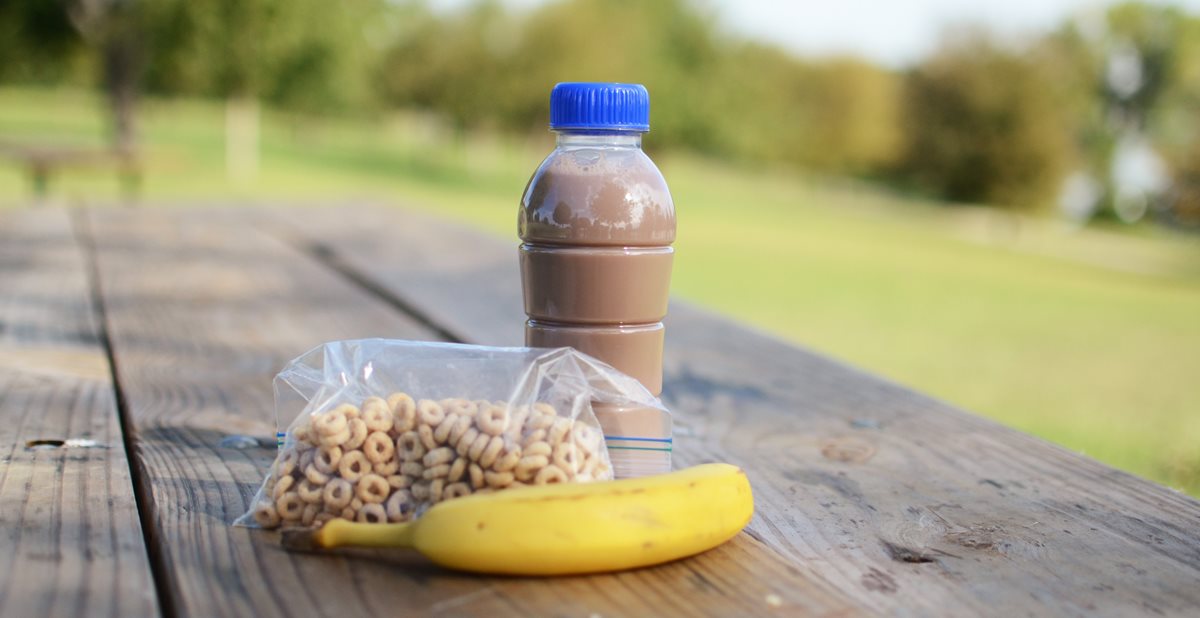Sports Nutrition
Sports Nutrition and Hydration
Every athlete needs fuel to grow, learn and perform. Food provides this fuel. Nutrition and hydration needs change depending on the activity, intensity, time available for recovery and individual preferences.
Downloadable Resources:
Tips From Our Specialists for Young Athletes
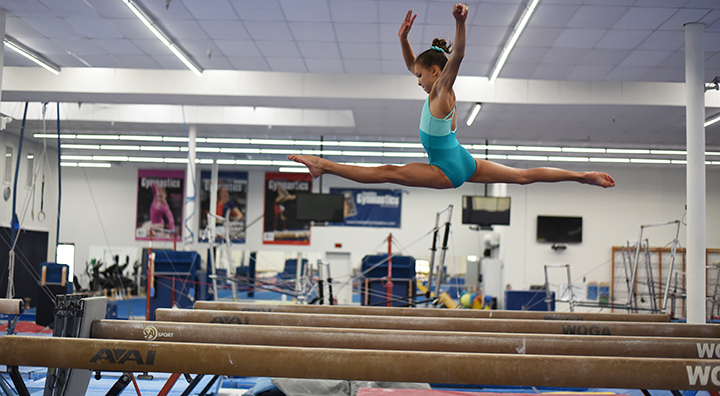
NUTRITION TIPS FOR YOUNG ATHLETES
The basics for a solid nutrition plan to support good health, performance and injury prevention
Here are our top tips for fueling active kids and athletes:
CONSISTENT MEALS & SNACKS
- Three meals a day
- One to two or more snacks a day (depending on the athlete, sport and training level)
VARIETY OF FOODS FROM ALL FOOD GROUPS
Food groups: protein, fruit, vegetable, grains/starch, dairy, fat
- At least three different food groups per meal
- At least two different food groups per snack
EXCEPTION = during training or competition
ADEQUATE FLUID INTAKE
- Drink with and between meals and snacks.
- Choose water first. Consider adding sports drinks with high-intensity activity lasting more than an hour.
POSITIVE/HEALTHY FOOD ATTITUDE
- Food is here to fuel, improve performance and prevent/help heal from injury.
- Notice hunger, satiety and how different foods work with training and competition.
Competitive and elite child and teen athletes are at greater risk for bone stress injuries due to their high activity levels. Making sure optimal nutrition is part of the training plan is key to keeping bones under constant pressure strong and healthy.
Who is at risk of weak bones?
Adolescence is an important time to lay the foundation for building strong bones.
Those at an increased risk of weak bones and bone injuries include athletes who:
- Are not meeting their daily calorie and nutrient needs for bone development, due to:
- Higher calorie needs related to frequency and duration of training and competition
- Food allergy, intolerance or dislike of dairy products
- Picky eating habits that eliminate green vegetables, seeds and other calcium-rich foods listed above
- Are female and participate in endurance or high-intensity sports with irregular menstrual cycles
- Play indoor sports with limited exposure to the sun
Athletes who are experiencing bone stress injuries may need even more calcium and vitamin D. Speak with your doctor and registered sports dietitian if you have concerns.
Most young athletes can get everything they need from food and beverage alone. However, in some cases, dietary supplements may be needed. Supplements are not regulated and may contain harmful substances for the young athlete. If you think your athlete needs to supplement, reach out to your sports medicine physician and sports dietitian for a plan to supplement safely.
Risks Associated with Consuming Energy Drinks
Energy drinks are not recommended for the pediatric population.
Energy drinks contain large amounts of caffeine and herbal blends (high doses of vitamins and amino acids). We do not know how young pediatric bodies will respond to these products. There are concerns for safety regarding the contents and concentration of products in these drinks, and they are not approved by the Food and Drug Administration (FDA), which regulates products to ensure safety. Because the production is not regulated, there are risks of contamination and impurities. Energy drinks often contain high concentrations of questionable contents and have been reported to cause adverse effects, such as:
- Stomach (gastrointestinal) issues
- Nausea
- Shaking
- Overstimulation (affecting sleep, training, performance)
- Anxiety
- Irritability
- Insomnia
- Headaches
- Severe complications, including cardiac arrhythmias, seizures and death
Fluids are as important to the health and performance of a young athlete as food. It’s important that the young athlete drink fluids throughout the day, not just at practice. The best fluids are water and milk, but in some instances, a sports drink may be needed. Grab your water bottle and don’t wait to hydrate!
Sports Drinks
In most situations, water is the best choice for hydrating young athletes. Sports drinks are only recommended when participating in activities:
- In very hot or humid environments
- With high intensity for longer than 60 minutes
- Sports camps, tournaments and double-headers
When water isn’t enough, reach for a sports drink with a good mix of water, electrolytes and carbohydrates. For many young athletes, 30-60 grams of carbohydrates in an hour is all they need. You can find this information on any standard nutrition label. Otherwise, stick with water, start early and drink often.
Busy young athletes may find themselves lethargic, with bone stress injuries, with repeated or nonhealing injuries, or unable to improve their skills and performance even though they are training more and training harder. This can be due to low energy availability, a condition in which the athlete is not eating enough to meet their increased needs for sport, growth and everyday movement.
Often, this is unintentional, but in some cases, like in aesthetic sports, it may be intentional. If your young athlete is experiencing stress fractures, repeated injuries, nonhealing injuries or growth disturbances, it’s important to reach out to your doctor, a sports medicine physician or a sports dietitian to assess if your athlete is getting enough calories and nutrition. Even a slight increase in overall intake and nutrition can leave your athlete more energized, better able to recover, injury-free and performing their best!
A Note About Weight
Young athletes face daily pressure regarding body image, whether from social media or other external social stressors. Certain sports, in particular, place emphasis on a certain body type. Some emphasize a lean physique, such as gymnastics, figure skating or ballet, while others emphasize a more muscular physique, such as football, powerlifting and basketball.
Many athletes, in an attempt to “lose or gain” weight to fit the prototype of their particular sport, participate in unsafe and unhealthy weight gain/loss practices such as fad diets or supplements that are not FDA-approved. They are not aware of the possible adverse effects and consequences these may have on their health and even performance. Sudden weight gain or loss is not recommended for the young athlete. Instead of focusing on weight, the young growing athlete should focus on overall health and a well-balanced diet.
It's important how medical providers, coaches and parents speak to young athletes about nutrition and weight. Sports medicine physicians and registered dietitians are trained in how to counsel children and parents on this topic. If at all hesitant, it could be useful to talk with an expert about how to work with your young athlete on healthy weight loss or weight gain before discussing with your child.
Latest news: Sports Nutrition
A Parent’s Guide to Contact Sports for Kids
[post_time_test] Contact sports can be exciting for young athletes and parents alike. They also introduce an element of danger into the exercise equation. Any time a person participates in a physical activity,…
Bryce’s Treatment is a Home Run
Header image courtesy of Eddie Kelly/ProLook. When an injury threatened to keep Bryce off the baseball field for nine months, he and his family turned to Scottish Rite for Children to get him…
How to Help Your Kids Prevent Football Injuries
Even as awareness of concussions and other problems has grown, football remains the most popular sport for adolescent boys. While participation has dropped, Texas still has the most high school football players of…
Do Kids Need Sports Drinks to Stay Hydrated?
Do Kids Need Sports Drinks to Stay Hydrated? When your kids are out of school for the summer, you want them to have plenty to do. Day camps, sports leagues and time…
6 Ways to Prevent Heat Illness in Athletes
Summer is the perfect time for outdoor activities and sports. Whether your child is passionate about baseball, football, soccer or track and field, being proactive about preventing heat-related illness can help him…
Does my child need surgery to fix an ACL tear?
Anterior cruciate ligament (ACL) injuries, continue to challenge young athletes, many calling it an epidemic. Because of the high cost of care and loss of playing time, Scottish Rite for Children’s Sports…
Movement Science + Olympic Sprinter = FAST
Previously published in Rite Up, 2024 – Issue 2. New and novel research that focuses on adolescent sprinters is coming off the blocks at Scottish Rite for Children Orthopedic and Sports Medicine…
Making a Game Plan for a Safe Season – Tips for Parents and Coaches
The to-do lists for coaches and sports administrators preparing for sports seasons are long. It’s time to meet new players, evaluate the condition and skills of each player, inform the parents of…
Understanding Hip Impingement in Teens: How it Happens and How to Prevent It
Also commonly referred to as hip impingement, femoroacetabular impingement is a painful condition that occurs in the hips of adolescents and young adults. Two bones fit together to make up this “ball and socket”…
Nutrition for Injury Recovery in Young Athletes
Nearly 60 million American children play sports, and many of them experience sports injuries. If your child gets injured, the path to healing starts in the kitchen. Proper nutrition for injury recovery may help your child…


